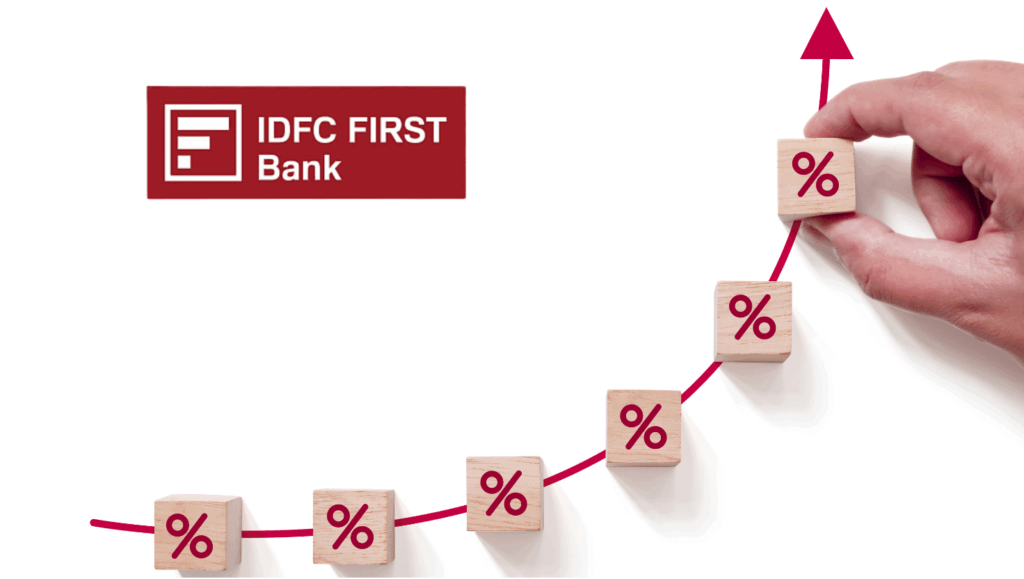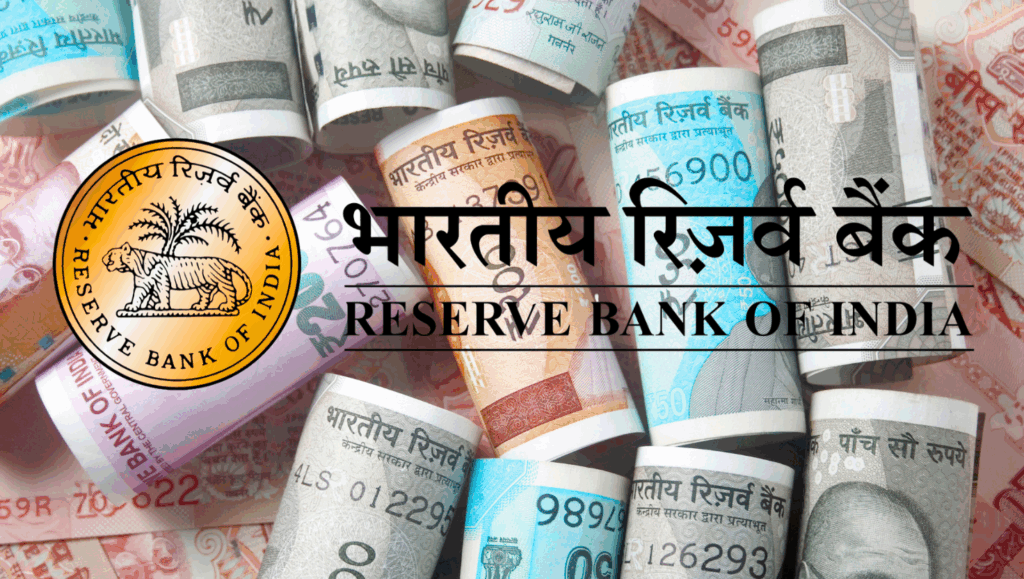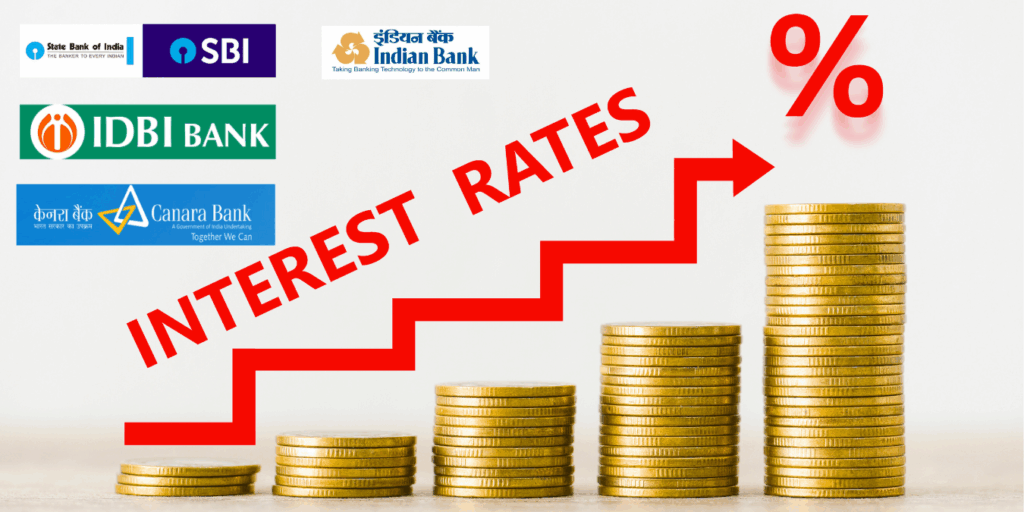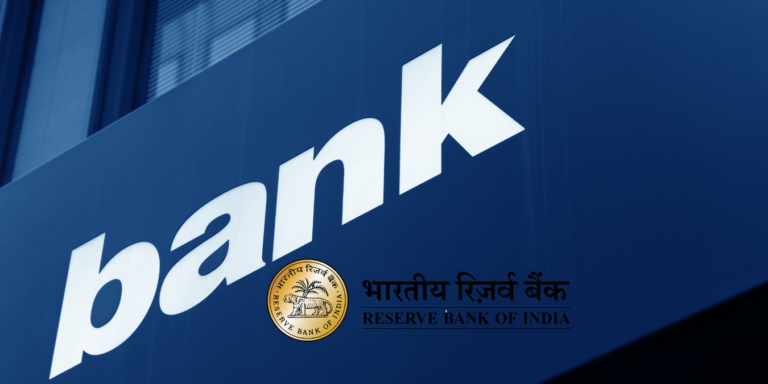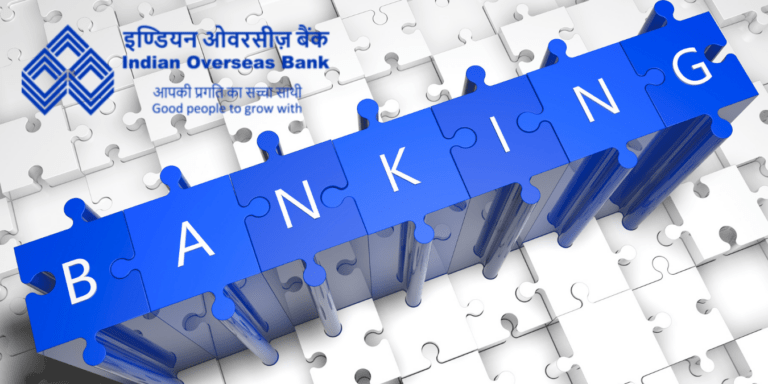
Japan’s SMBC just dropped a ₹13,500 crore bombshell, snagging a 24.99% stake in Yes Bank—India’s largest foreign banking investment ever! This game-changer, approved by the RBI on August 22, 2025, sparks India trends 2025 with suspense: Will SMBC redefine the Indian banking sector?
India’s banking sector is no stranger to transformation, but the events of August 22, 2025, have sent shockwaves through the financial world. In a historic move, the Reserve Bank of India (RBI) granted Japan’s Sumitomo Mitsui Banking Corporation (SMBC) approval to acquire up to 24.99% of Yes Bank, marking the largest foreign investment in Indian banking history. Valued at approximately ₹13,483 crores ($1.6 billion), this deal is not just a transaction—it’s a seismic shift poised to redefine India trends 2025, spark latest Indian discoveries in financial partnerships, and fuel viral India stories of global collaboration.
A Blockbuster Deal That Has India Buzzing
This isn’t your average corporate acquisition. SMBC’s strategic move positions it as the single largest shareholder in Yes Bank, overtaking even the State Bank of India (SBI). What makes this deal a headline-grabber in India trends 2025 is the RBI’s unprecedented decision: SMBC will not be classified as a promoter, despite its significant stake. This clever maneuver allows the Japanese banking giant to wield substantial influence without the regulatory burdens of promoter status, creating a buzz in Indian banking sector circles. The question on everyone’s mind: How will this reshape the competitive landscape?
The deal’s scale and ambition have sparked viral India stories across financial forums. Industry experts are calling it a “game-changer,” with social media platforms like X abuzz with speculation about its ripple effects. Will this herald a new era of foreign investment in Indian banking? The suspense is palpable, and the stakes are high.
The Anatomy of a Mega Transaction
The deal’s structure is a masterclass in strategic financial engineering. SMBC is acquiring its 24.99% stake through a secondary transaction, carefully orchestrated to involve multiple Indian banking giants:
- Primary Seller: State Bank of India, divesting 13.19% for ₹8,889 crores.
- Secondary Sellers: Seven major private banks—Axis Bank, Bandhan Bank, Federal Bank, HDFC Bank, ICICI Bank, IDFC First Bank, and Kotak Mahindra Bank—collectively offloading 6.81% for ₹4,594 crores.
This transaction marks a strategic exit for these Indian banks, which stepped in during Yes Bank’s 2020 reconstruction scheme to stabilize the then-troubled lender. The fact that these institutions are now cashing out at a significant premium—SBI alone is earning a 115% return on its initial investment—underscores the success of Yes Bank’s turnaround. This latest Indian discovery in banking resilience is a testament to strategic foresight and regulatory oversight.
The Hidden TDS Trap: Why Your Unlinked PAN Could Cost Contractors 20x More in 2025
Is It Safe to Invest Money in a Fixed Deposit (FD)? Can the Bank Guarantee the Return of Your Money?
Exploring the Advantages of HDFC ERGO Optima Secure Health Insurance
Luxury Shopping in India? Here’s How the New TCS Rule Impacts Your Budget – What You Must Know!
Yes Bank's Phoenix-Like Rise: The Numbers Tell the Story
Yes Bank's journey from near-collapse in 2020 to a beacon of financial recovery is nothing short of remarkable. The bank's net profit soared by 92.3% year-over-year in FY25, reaching ₹2,406 crores. This momentum carried into FY26, with Q1 results showcasing a 59.4% year-over-year profit growth to ₹801 crores. Key metrics highlight its robust health:
- Return on Assets (ROA): Improved to 0.8% in Q1FY26.
- Net Interest Margin (NIM): Maintained at a steady 2.5%.
- Gross Non-Performing Assets (NPAs): Reduced to 1.6% from a staggering 16.8% in FY20.
- Capital Adequacy Ratio: Stood at 16.2% as of June 2025, reflecting strong financial stability.
These numbers aren't just statistics—they're a narrative of resilience that has caught the eye of global investors like SMBC. The Japanese bank's investment is a powerful endorsement of Yes Bank's transformation, making it a focal point of India trends 2025 and a story ripe for viral India stories.
SMBC's Strategic India Play: Beyond Banking
SMBC, a core member of the Sumitomo Mitsui Financial Group (SMFG), Japan's second-largest banking group with $2 trillion in assets, is no newcomer to India. Operating since 2013, SMBC has established a strong foothold with branches in New Delhi, Mumbai, Chennai, and the Gujarat International Finance Tec-City (GIFT City). Its latest move—a planned transition to a wholly-owned subsidiary model—signals a deeper commitment to the Indian market.
This Yes Bank investment is a cornerstone of SMBC's broader India strategy. Sources suggest the bank is eyeing a majority stake approaching 34% in Yes Bank, potentially through a future open offer. This ambition aligns with SMBC's global expertise in corporate banking, trade finance, and digital innovation, positioning it to leverage India's burgeoning financial market. The question remains: Will SMBC's influence transform Yes Bank into a global banking powerhouse?
Regulatory Revolution: RBI's Evolving Framework
The RBI's approval of SMBC's stake acquisition is a milestone in India's evolving foreign investment in Indian banking landscape. Throughout 2025, the RBI has been recalibrating its policies to attract long-term capital. Key developments include:
- Enhanced Flexibility: Foreign Owned and Controlled Companies (FOCCs) now enjoy greater leeway in structuring downstream investments.
- Streamlined Approvals: Simplified processes for strategic foreign investors.
- Potential Ownership Increase: Discussions to raise the foreign ownership cap from 15% to 26% for strategic investors.
These changes reflect India's ambition to position itself as a global financial hub. The RBI's push for foreign banks to establish wholly-owned subsidiaries—ring-fencing Indian operations from global crises—further underscores this strategic shift. SMBC's deal could set a precedent, encouraging other global players to explore Indian banking sector opportunities.
The Competitive Landscape: India's Banking Gold Rush
SMBC's move is part of a broader wave of international interest in India's banking sector. Emirates NBD is reportedly leading the race to acquire a majority stake in IDBI Bank, while Canada's Fairfax Holdings has previously set a precedent with its 51% acquisition of Catholic Syrian Bank in 2018. The allure is undeniable: India's Credit-to-GDP ratio of 94% is among the lowest globally, signaling vast growth potential. The sector has grown at a CAGR of 10.6% over the past decade, with total bank credit reaching ₹160 trillion in 2024.
This latest Indian discovery in banking potential has global investors buzzing. Fitch Ratings suggests that SMBC's deal could pave the way for more foreign entrants, provided the RBI relaxes its 26% voting rights cap. The suspense lies in whether this deal will trigger a banking gold rush in India, reshaping traditional hierarchies and intensifying competition.
Market Impact and Investor Sentiment
The announcement has sparked significant market interest, though Yes Bank's stock has seen volatility. As of August 22, 2025, shares traded at ₹19.28, with a 52-week high of ₹24.85 and a low of ₹16.02. Despite a 3% dip in the last 30 days, the stock surged nearly 10% on May 6, 2025, following initial reports of SMBC's interest. This volatility reflects investor excitement tempered by regulatory uncertainties.
Yes Bank's CEO, Prashant Kumar, whose tenure was extended to April 2026, hailed SMBC's investment as a "pivotal step" in the bank's growth journey. The deal's endorsement of Yes Bank's transformation resonates with investors, fueling viral India stories about its potential to become a leading private bank.
Technology and Digital Transformation: The New Banking Paradigm
India's digital banking market is on fire, projected to reach $2.09 trillion by 2029 with a 6.86% CAGR. Key technologies driving this revolution include:
- Artificial Intelligence and Machine Learning: Personalizing customer experiences.
- Blockchain Technology: Enhancing transaction security.
- API Integrations: Fostering fintech collaborations.
- Cloud Computing: Boosting operational efficiency.
SMBC brings a wealth of technological expertise, having adopted IBM Watson for AI-driven customer service as early as 2014. Its global innovations could accelerate Yes Bank's digital transformation, positioning it as a leader in India's tech-driven banking landscape. Could this be the spark that ignites a latest Indian discovery in digital banking?
What This Means for India's Financial Future
SMBC's investment signals transformative trends for India trends 2025:
- Foreign Capital Influx: More international banks may follow SMBC's lead as regulatory barriers ease.
- Banking Consolidation: Strategic partnerships between Indian and global banks could become the norm.
- Technological Advancement: SMBC's expertise could catapult Yes Bank's digital capabilities.
- Competitive Dynamics: Traditional banking hierarchies may shift as foreign players bring fresh capital and best practices.
The suspense lies in how these trends will unfold. Will SMBC's influence reshape Yes Bank's operations, or will it maintain its Indian identity? The answers will shape the Indian banking sector for years to come.
The Road Ahead: Pending Approvals and Future Prospects
While RBI approval is secured, the transaction awaits Competition Commission of India (CCI) clearance and fulfillment of customary conditions. Industry experts anticipate completion by September 2025. SMBC will gain the right to nominate two board members, providing strategic influence without operational control—a balanced approach that preserves Yes Bank's autonomy.
The deal's success hinges on navigating these final hurdles. If approved, it could set a precedent for future foreign investment in Indian banking, making this a viral India story to watch.
A New Chapter in Indo-Japanese Financial Relations
This investment strengthens the Special Strategic and Global Partnership between India and Japan. Japanese Ambassador Ono Keiichi recently emphasized the growing role of Japanese banks in India's economic growth. Since 2021, Japanese financial institutions have completed nine major transactions worth $5.12 billion in India, reflecting confidence in the country's 6.2% GDP growth forecast for 2025 and 6.3% for 2026, per the IMF.
SMBC's move aligns with India's rise as a China-plus hub for Japanese FDI. As Kenichi Kimura, Deloitte Japan CEO, noted, India is a prime destination for Japanese investment, driven by its dynamic economy and strategic importance.
Final Thought: A Transformative Moment
SMBC's historic investment in Yes Bank is more than a corporate transaction—it's a testament to India's emergence as a global financial hub. As India trends 2025 captivate international attention, this deal could be the catalyst that opens floodgates for latest Indian discoveries in banking partnerships. The success of this collaboration will determine whether similar viral India stories become commonplace, fundamentally reshaping the Indian banking sector for generations.
What are your thoughts on this game-changing investment? Will it spark a new era of global banking partnerships in India? Share this article, join the conversation, and let’s explore the future of foreign investment in Indian banking! Stay tuned for more India trends 2025 as we uncover the latest Indian discoveries shaping our financial landscape.
Disclaimer: The use of any third-party business logos in this content is for informational purposes only and does not imply endorsement or affiliation. All logos are the property of their respective owners, and their use complies with fair use guidelines. For official information, refer to the respective company’s website.





